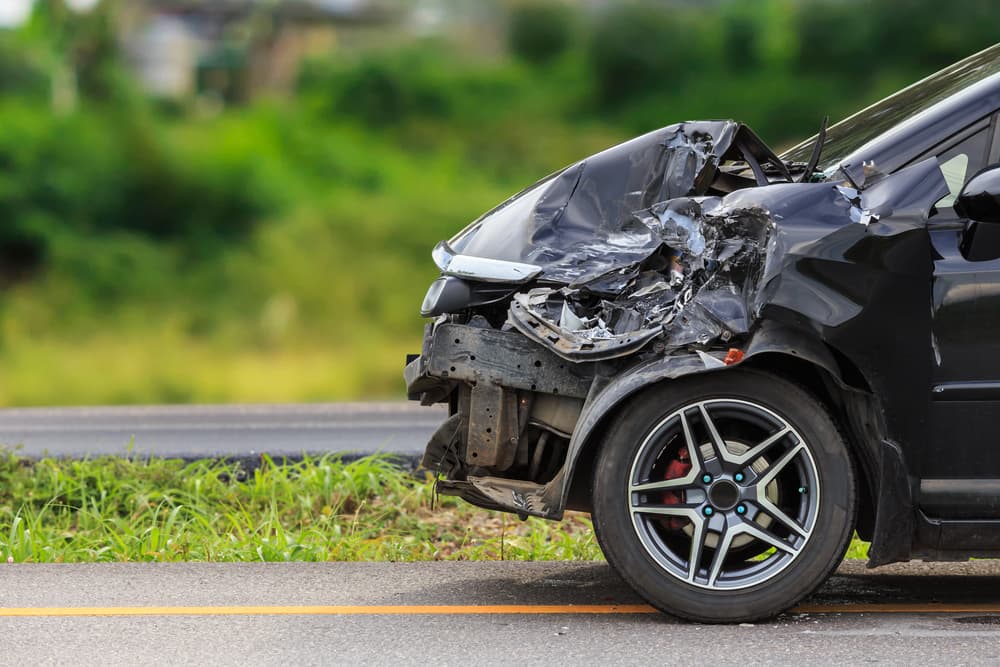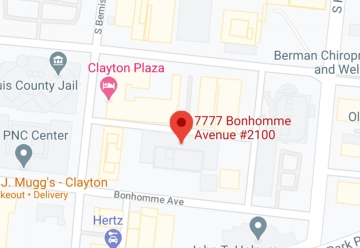How Is Fault Determined in a Car Accident?

If you’ve been injured in a Missouri car accident, you might wonder about your legal rights and who will pay for your losses. Fault is a critical part of any car accident injury claim, so it’s essential to understand how fault is determined and what role it could play in your case.
Is Missouri a No-Fault State for Auto Accidents?
No, Missouri is not a no-fault state when it comes to auto accident claims. Missouri follows a fault-based or at-fault system, meaning all Missouri drivers must carry minimum amounts of liability coverage as part of their auto insurance policies. Your liability insurance policy pays for other people’s medical costs and related expenses if you cause an accident that injures someone else.
Importantly, your liability coverage does not pay for your own expenses. In Missouri’s at-fault system, you must prove that another party is liable to claim money from their liability insurance policy or sue them for compensation in court.
Who Determines Fault for a Car Accident?
Multiple different parties, including police officers, attorneys, and insurance adjusters, usually conduct initial investigations into car accidents to determine fault. However, if an accident case cannot be settled out of court, none of these parties have the authority to make legal determinations of fault. After hearing evidence at trial and issuing a verdict, a judge or jury has the final say on the legal determination of who is at fault for an accident in Missouri.
What Role Does Fault Play in a Car Accident Lawsuit?
Fault plays an essential role in any car accident injury lawsuit because fault determines which party is legally and financially responsible for the consequences of the accident. To recover compensation for your injuries in a car accident lawsuit, you must be able to establish that the other driver was at fault. If you can establish the other driver’s fault, the other driver or their insurance company should be liable for paying your medical expenses, replacing lost wages, compensating you for pain and suffering, and more.
Common Types of Evidence Indicating Fault for an Accident
The available evidence looks different for every car accident case, but common types of evidence that could indicate fault for an accident include:
- Information from police accident reports
- Photos of the accident scene
- Photos of vehicle damage
- Traffic camera videos
- Dashboard camera videos
- Skid marks and other evidence on the road
- Eyewitness testimony
- Analysis from expert witnesses
- Vehicle maintenance records
- Cell phone records
- Toxicology test results
What Is Comparative Negligence?
Comparative negligence is a legal rule that could come into play if the other driver accuses you of being partially at fault for the crash. Under Missouri law, you can still claim compensation from the other driver if you are partly at fault for the accident, but the amount of money you get for your claim will be reduced based on how much your negligence contributed to the wreck.
Contact Our Car Accident Lawyers Today
If you have questions about determining fault in your Missouri car accident case, contact Sumner Law Group, LLC, today. We are ready to provide the answers you need and discuss your next steps during your free initial case review.

Brent A. Sumner is the Managing Partner at Sumner Law Group, LLC. He focuses his practice exclusively on cases that involve serious personal injuries. Over the years, he has successfully represented thousands of individuals and families, recovering millions of dollars in compensation for injured accident victims.

